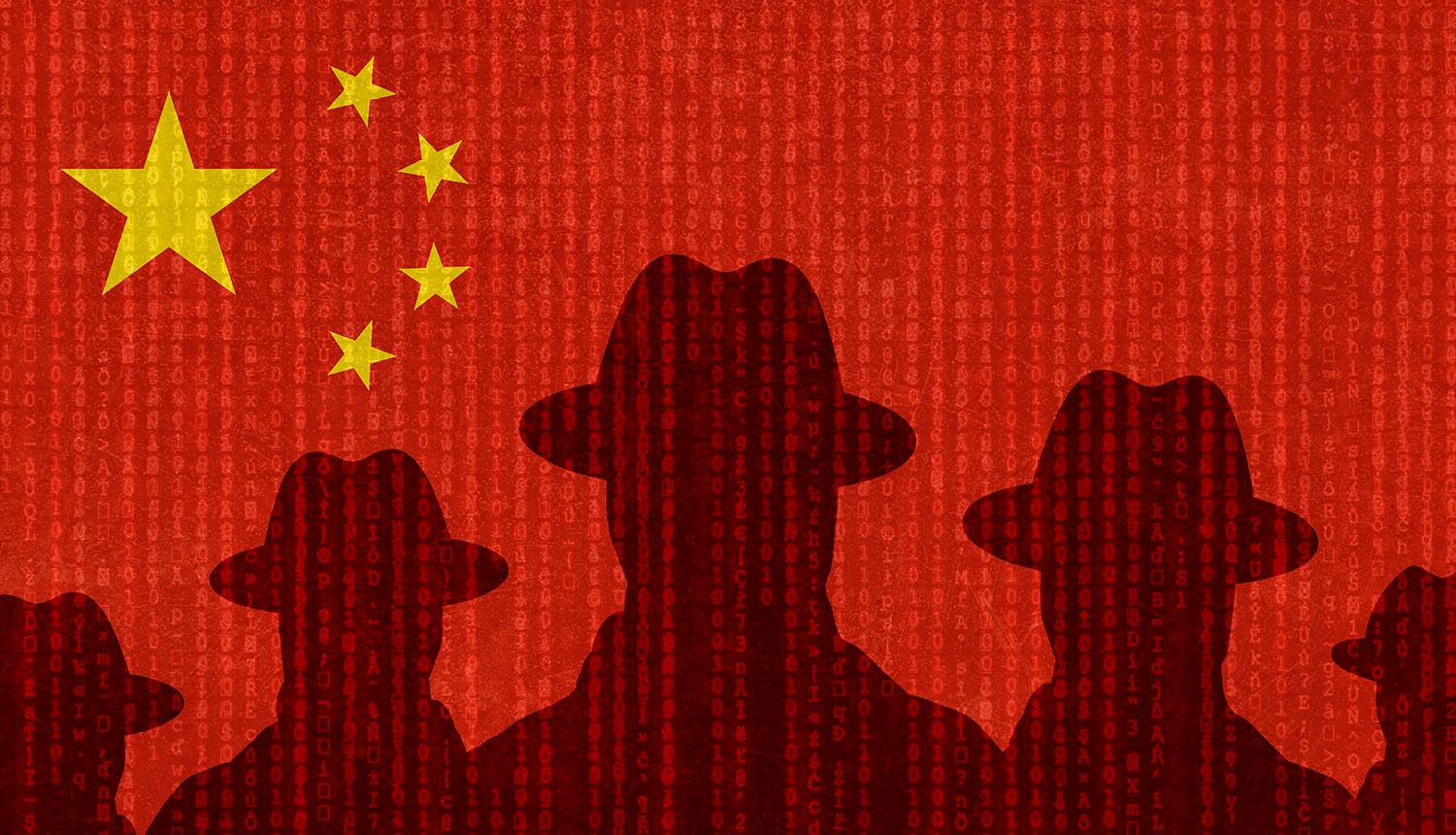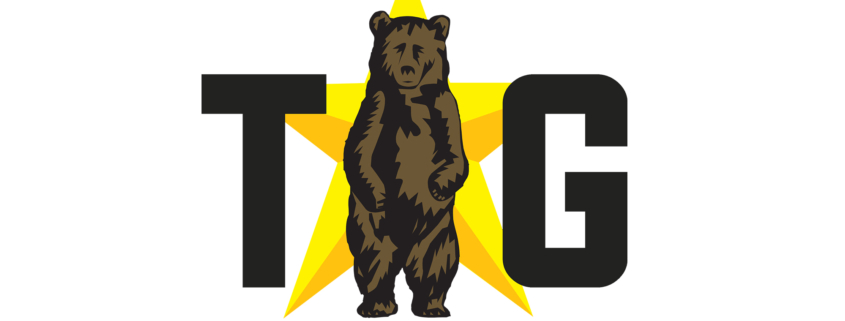Flashback: a decade of Google Nexus/Pixel prices and software updates
The Nexus 4 was a groundbreaking phone – a near flagship for $300. Okay, it did have its quirks, e.g. no LTE support (though that wasn’t as important back in 2012), storage was limited too. Instead of focusing on just one phone we wanted to look at the trends in Google’s phone line-up.
We mentioned the price of the Nexus 4 and we’ll see what happened to the “flagship killer” status of the series. This series is all about exploring a well recognized trait of a particular brand or series – and we think that software support is one of the defining features of the Nexus and Pixel phones.
![]()
The Nexus phones were affordable at first, especially if you waited a few months. The Nexus 4 dropped as low as $200 at one point. The Nexus 5 got price cuts as well. Then came the Nexus 6 – its $650 price tag made many fans unhappy. It was still an excellent phone and it influenced Google’s approach to handsets.
The following year in 2015 the Nexus line was split into two models that we’ll call “base” and “pro” for consistency. That was also the last of the Nexus line, Google started fresh with the Pixel phones.
Those gradually increased in cost over the years, peaking in 2018 and 2019 with the Pixel 3 and 4 at $800 and Pixel 3 XL and 4 XL at $900. After that Google changed course and lately the price of the small model has been falling, going down to $600 with the Pixel 6. The Pixel 6 Pro is still $900, though.
![]()
Interestingly, the increased prices didn’t hurt the performance of the Pixel phones on the market. The opposite, in fact, as Google’s 2019 shipments surpassed previous years by quite a margin. Note that the image below shows cumulative shipments of all Pixel phones, but it clearly looked like Google is on the right path. The company allegedly had big plans for the Pixel 6 series too, planing to produce 7 million, more than any other series. However, Google isn’t one to talk about sales, so we don’t actually know how well the 6-series did (we’ll have to wait for analysts to figure that out).
![]()
We will get back to pricing in a moment as we haven’t covered the “Pixel a” series whose main goal is to offer a Google phone on the cheap. How much…



